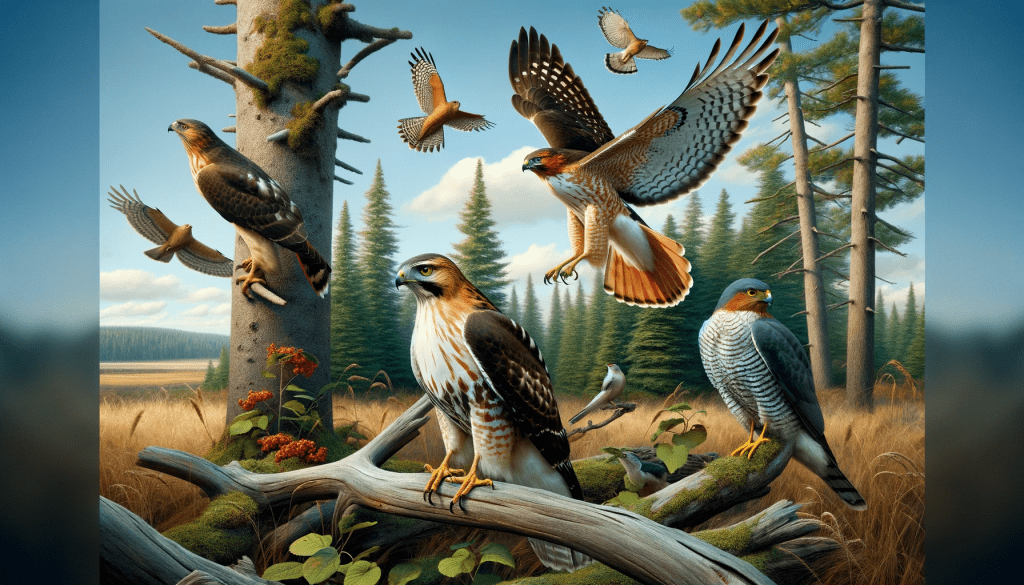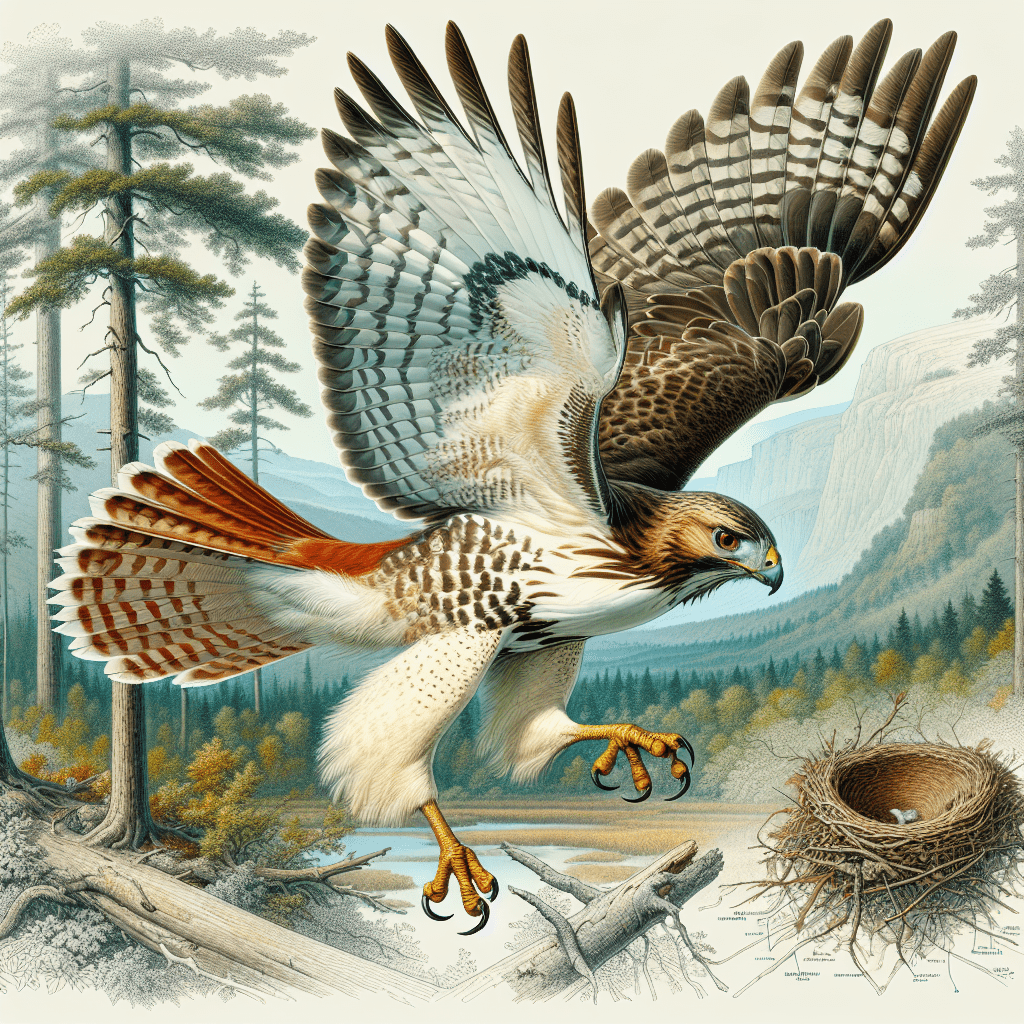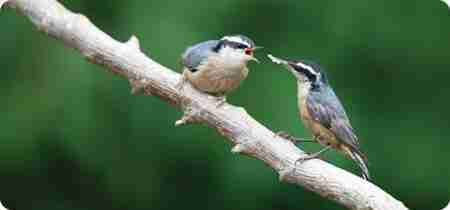If you’ve ever watched a hawk in action or heard tales of their predatory prowess, you may be curious about why hawks are considered apex predators. In this detailed guide meant for bird enthusiasts like you, we’ll uncover the fascinating traits and behaviors that ultimately place hawks at the top of the food chain. From their remarkable hunting techniques to their critical role in the ecosystem, prepare yourself to journey into the captivating world of these winged predators.
Definition of Apex Predators
Understanding the Concept of Apex Predators
Apex predator is a term used to describe creatures that are at the top of the dietary hierarchy, meaning they don’t naturally have any hunters of their own in their immediate habitat. These animals play an essential role in maintaining the balance of nature as they control the population and behaviour of organisms found in lower tiers of the food chain.
The Food Chain Hierarchy
It’s easy to imagine the food chain hierarchy as a pyramid. At the very top, you have the apex predators, ranging from the regal lion on land, the massive orcas at sea, to the swift hawk in the sky. Progressively moving down the pyramid, the species it encapsulates grow in number but each usually occupy a lower position in terms of predatorial dominance.
Role of Apex Predators in the Ecosystem
These elite creatures greatly influence ecosystems by suppressing the populations and behaviour of their prey, which indirectly affect other creatures and plants in the food web. Without apex predators, the balance of ecosystems can become disturbed, leading to catastrophic domino effects and natural imbalances.
Identification of Hawks
Characteristics of Hawks
Hawks are magnificent birds of prey, recognized by their sharp, curved beak, and strong talons. They are renowned for their impressive flight skills, excellent vision, and various hunting techniques which set them apart from other birds. Hawks are generally medium to large-sized birds with broad, rounded wings and long tail feathers.
Varieties and Species of Hawks
There are approximately 270 species of hawks, exhibiting a diverse array of colours, sizes, and habitats. These include but aren’t limited to the Red-Tailed Hawk, renowned for its flame-coloured tail feathers, the Goshawk, which is adept at hunting in forests, and the Sparrowhawk, known to briskly maneuver itself through woodland environments.
Geographical Distribution of Hawks
Hawks are found all over the world, as they inhabit a wide range of environments; from arctic tundras to tropical rainforests, from bustling cities to quiet farmland, almost every continent is home to a variety of hawk species.
Hawks’ Physical Characteristics Related to Predation
Talons and their use in Hunting
Hawks are armed with powerful talons, which they use to grip and kill their prey. Each talon is piercingly sharp, functioning like a natural set of knives that can easily puncture the body of prey, making the hawk an efficient predator.
Vision Abilities
Hawks possess extraordinary vision, allowing them to spot small prey from great heights. A hawk’s vision is estimated to be eight times more potent than a human’s, and this keen sight is critical in their hunting success.
Speed and Agility in Flight
Hawks are incredibly fast flyers and amazingly agile in the air, characteristics that further their efficacy as predators. They are capable of diving at remarkable speeds and can maneuver around obstacles effortlessly which helps them surprise unsuspecting prey.
Diet and Hunting Habits of Hawks
Common Prey for Hawks
Hawks’ diet significantly varies depending on the specific species and their habitat. Some primarily hunt small mammals like rodents, while others feast on insects, reptiles, and other birds. Bigger species of hawks may even prey on rabbits and squirrels.
Hunter or Scavenger: Dispel Myths
Hawks are not scavengers; they are accomplished hunters. While they may occasionally consume carcasses, they are well-equipped and prefer to hunt and kill their own food, truly earning their status as birds of prey.
Hunting Techniques of Hawks
Hawks have evolved various hunting styles, again depending on species and habitat. Some hawks patiently perch and await their prey, while others glide above the ground using their sharp eyes to spot potential food. Some even hunt in pairs or groups, employing tactics to corral and catch their prey.
Predator-Prey Relationships
Understanding Predator-Prey Dynamics
In nature, every being has a role to play. The predator-prey dynamic is an essential component of ecosystem balance and stability. Predators maintain their prey’s population, preventing overpopulation, and, in turn, the prey stimulates the predator’s population management.
Hawks’ Role as Natural Predators
Hawks, as apex predators, play a crucial role in controlling the populations of small mammals, insects, and other birds in their territory. By doing so, they contribute to regulating the balance of ecosystems, preventing any one species from dominating.
Impact of Hawks on their Prey’s Population
Hawks, with their predatorial capabilities, naturally control their prey populations. This, in turn, prevents outbreaks of diseases that can occur when prey populations explode and become unhealthy due to overpopulation and limited resources.
Threats to Hawks within Wildlife
Potential Rivals or Threats
Typically, adult hawks have few natural enemies, given their status as apex predators. However, eggs and young hawks are vulnerable to predation by other birds such as crows, eagles, and owls, and mammals like raccoons and foxes.
Fight or Flight: Hawks’ Defensive Mechanisms
When threatened, hawks deploy a combination of defensive behaviours ranging from aggressive displays, loud vocalizations to physical attacks using their powerful beaks and talons to drive away threats.
Hawks’ Survival Strategies
Hawks employ various survival strategies including proficient hunting, excellent predator evasion skills, and strategic nesting to avoid detection, all contributing to their longevity and success as a species.





Effect of Hawks on Ecosystem
Balancing the Food Chain
As apex predators, hawks play a critical role in balancing the food chain. By hunting small mammals, insects and other birds, they naturally control these populations, preventing any one species from reaching destructive levels.
Biodiversity and Hawks
Through their role as apex predators within their ecosystem, hawks indirectly contribute to biodiversity. By limiting the population of prominent prey species, they allow less dominant species to thrive, promoting a more diverse and robust ecosystem.
Hawks as Natural Pest Control
As voracious hunters, hawks act as natural pest controllers. By preying on rodents and insects, they keep these populations in check, which can benefit farmers by reducing the need for synthetic pest controls.
Hawks and Humans
Cultural Significance of Hawks
Throughout history, hawks have been symbols of power, courage, and strength in various cultures. In many Native American cultures, they are considered messengers of the spirit world, while in ancient Egypt, hawks were linked to the sun god, Ra.
Impact of Human Activities on Hawks
Human activities, such as habitat loss, climate change and hunting, pose significant threats to hawk populations worldwide. The impact of such activities often leads to the decline in hawk populations, reversing the roles and turning the hunter into the hunted.
Conservation Efforts for Hawks
Various conservation efforts are being undertaken to protect and conserve hawks. These include habitat restoration, anti-poaching laws, and programs aimed at educating the public about the importance of these apex predators in our ecosystems.

Myths and Misconceptions about Hawks
Demystifying Hawks
Many people tend to view hawks as ruthless killers due to their predatory nature. However, Hawks are simply fulfilling their role in the ecosystem. They are not unnecessarily violent creatures but efficient predators who play an essential part in nature’s balance.
Debunking Myths about Hawks’ Aggression
Hawks are not aggressive without cause. Typically, if they exhibit aggression towards humans, it is in defence of their nest or young. Under normal circumstances, hawks will avoid human interaction.
Scientific Facts vs Folktales on Hawks
While many folktales depict hawks as omens or mythical creatures, science helps us understand their true significance: hawks play a vital role in maintaining ecosystem health and balance as apex predators.
Conclusion: Hawks as Essential Apex Predators
Summarizing Hawks’ Role in the Ecosystem
Hawks are an integral part of our ecosystems. As efficient predators, they control populations of potential pest species, indirectly maintain biodiversity, and contribute to overall ecosystem health.
The Importance of Hawks to Biodiversity
Through their predatory activities, hawks foster biodiversity by preventing any one species from dominating an ecosystem. They contribute to a varied, healthy, and robust ecosystem, demonstrating their undeniable importance.
End Note: Why We Should Promote the Conservation of Hawks
Conserving hawks is not just about protecting these marvelous creatures; it’s about preserving the delicate balance of our ecosystems. By understanding and respecting their pivotal role as apex predators, we can coexist harmoniously with hawks and ensure the health and balance of our shared ecosystems for generations to come.



